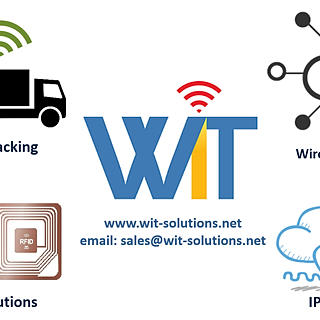How Do Ultrasonic Sensors Work?
- wit-tech
- Jan 9
- 1 min read
An ultrasonic distance sensor emits ultrasonic waves typically above 20 kHz, beyond human hearing. These waves bounce off objects and return to the sensor so it can measure the time taken for their round trip. Using the speed of sound, the sensor calculates the object's distance based on the time-of-flight (TOF).
Compared to optical sensors, ultrasonic sensors are generally more reliable in scenarios where transparent or reflective surfaces can disrupt light-based measurements. These sensors are widely used in robotics, automotive systems, and industrial automation due to their reliability in detecting objects regardless of lighting conditions.
While radar sensors are better suited for long-range detection, ultrasonic sensors are a practical and cost-effective choice for short to medium-range applications, such as parking management, liquid level monitoring, and smart waste bin systems.
Ultrasonic distance sensors are popular options across industries due to their ability to operate in harsh environments, high sensitivity to nearby objects, ease of use, affordability, and durable performance.







Comments